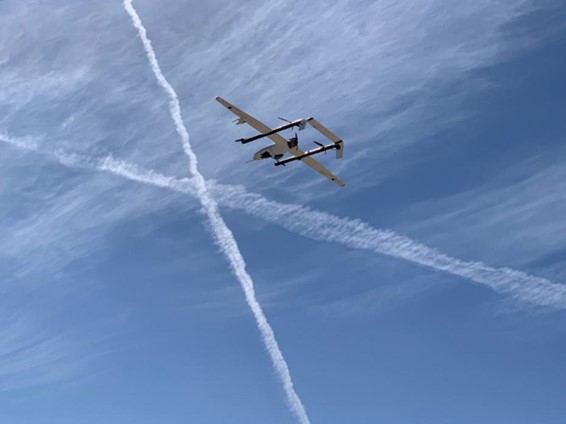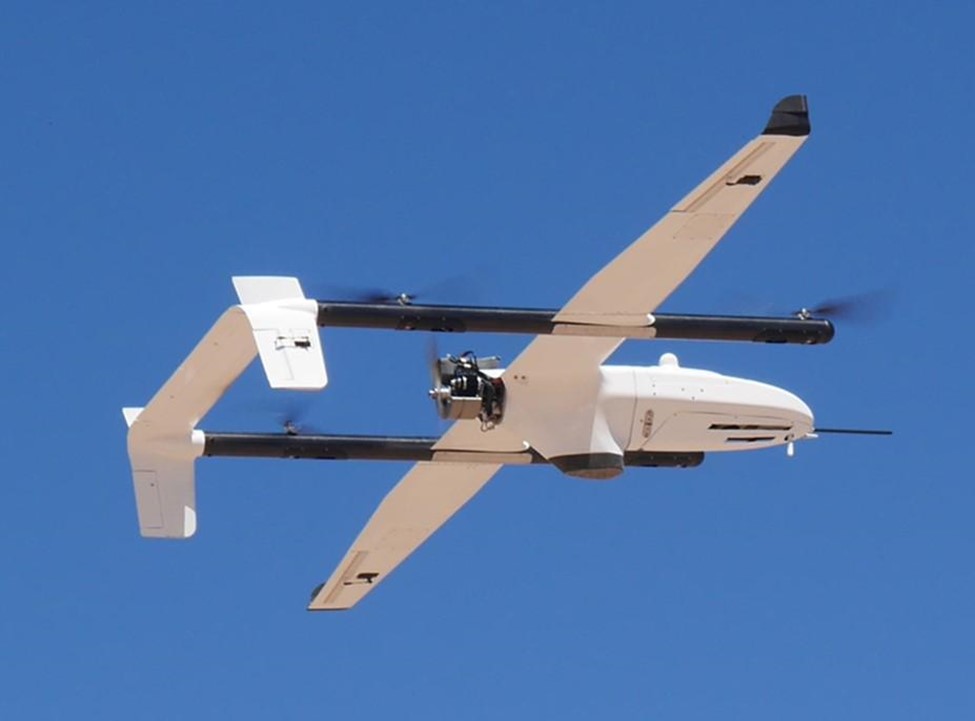NOAA PSL and L3Harris Complete miniFlux Payload Integration and Flight Tests
With funding and logistical support from the NOAA Oceanic and Atmospheric Research (OAR) Uncrewed Systems Research Transition Office (UxSRTO), in addition to the NOAA Pacific Marine Environmental Laboratory (PMEL) Clear and Cloudy Sky payloads, the NOAA OAR Physical Sciences Laboratory (PSL), together with partners at the Cooperative Institute for Research in Environmental Sciences (CIRES) and Integrated Remote and In Situ Sensing (IRISS) program at the University of Colorado Boulder developed the miniFlux sensor suite for operation on the L3Harris Latitude Fixed Wing Vertical Takeoff and Landing (VTOL) Rotator (FVR-55). miniFlux is a collection of complementary systems and sensors selected to provide robust and accurate measurements of atmospheric thermodynamic and kinematic states. miniFlux carries sensors to make redundant measurements of temperature, humidity, and pressure, in addition to nadir and zenith thermal IR temperatures and sensors to provide a three dimensional wind measurement. In combination, these measurements, combined with accurate inertial position and orientation measurements collected by the miniFlux system, enable for estimation of atmospheric energy transfer conditions.
On May 6, 2021 L3Harris and PSL successfully completed payload integration and flight testing at the Florence, AZ test flight area. The miniFlux was mounted on the wing of the FVR-55.
Final engineering checkout is planned with L3Harris Latitude FVR-55 and NOAA PMEL and PSL payloads on the Commercial 96' vessel TowBoatU.S. Richard L. Becker,
NOAA PSL and L3Harris Complete miniFlux Payload Integration and Flight Tests Read More »


